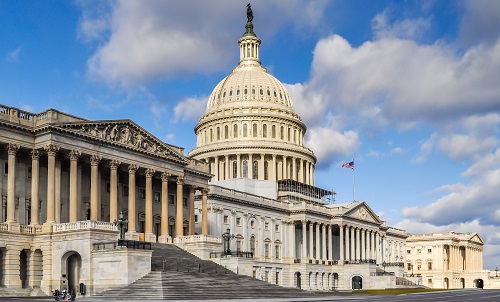
October 20, 2021 – With supply chain issues expected to stretch well into next year and beyond, lawmakers are looking to centralize Washington’s response and encourage more companies to bring manufacturing processes closer to home to better protect the U.S. from future catastrophic disruptions.
A bipartisan group of legislators introduced the Supply CHAIN Act earlier this month to create an Office of Supply Chain Resiliency and Crisis Response within the U.S. Department of Commerce to monitor the supply chains of critical goods and respond to disruptions.
With a $500 million annual budget from 2022-2027, the office would bring together private-sector stakeholder groups, monitor critical supply chain issues and present recommendations every four years to improve supply chain security and resiliency.
The proposal follows steps taken by the Biden administration to address supply chain weaknesses exposed by the pandemic, reports Supply Chain Dive. The White House issued a 250-page report outlining goals for reviving domestic production of semiconductors, large capacity batteries, critical minerals and pharmaceuticals amid shortages along every stage of the supply chain.
Cheaper labor in China, India and other countries has long presented inherent barriers to reshoring, and many U.S. companies have limited domestic inventories to maximize profits, said Sanjay L. Ahire, co-director of the Operations and Supply Chain Center at the University of South Carolina’s Darla Moore School of Business.
Ahire told Supply Chain Dive companies are realizing the need to look beyond the “sticker price,” as he called it, to what’s known as the “total cost of ownership,” which includes hidden costs of faraway manufacturing.
The bill will need to go before both the House of Representatives and Senate for a vote.
